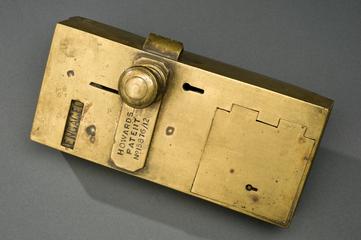
Salivette used as part of the National Survey of HIV, England, 1992-1993
Salivette with pencil, polythene bag, leaflet and questionnaire (two coded green for 1992 and one yellow for 1993) used as part of the National Survey of HIV and hepatitis B in Injecting Drug Users, from the South Sefton Community Drugs Team, Merseyside.
More
A national survey in the early 1990s tried to identify the number of intravenous drug users with HIV and hepatitis B. These three salivettes were used as part of it. They were issued by the South Sefton Community Drugs Team in Merseyside, England. The salivette was chewed until soggy and then sealed in the plastic container. It was then sent for analysis, to check for specific antibodies which are released by the body to fight HIV and hepatitis B. The survey also included an anonymous questionnaire recording the patient’s drug and sexual history. The results helped target resources into the worst affected areas.
Hepatitis B is a disease that causes inflammation of the liver. A vaccine to prevent it was introduced in the 1980s. New drugs have also greatly improved the lives of many people with AIDS. However, currently there is no vaccine against the virus, or cure for the disease.
- Materials:
- paper (fibre product) , plastic (unidentified) , polyethylene (polythene) , graphite and wood (unidentified)
- Object Number:
- 1993-153/1
- type:
- salivette
- Image ©
- The Board of Trustees of the Science Museum








